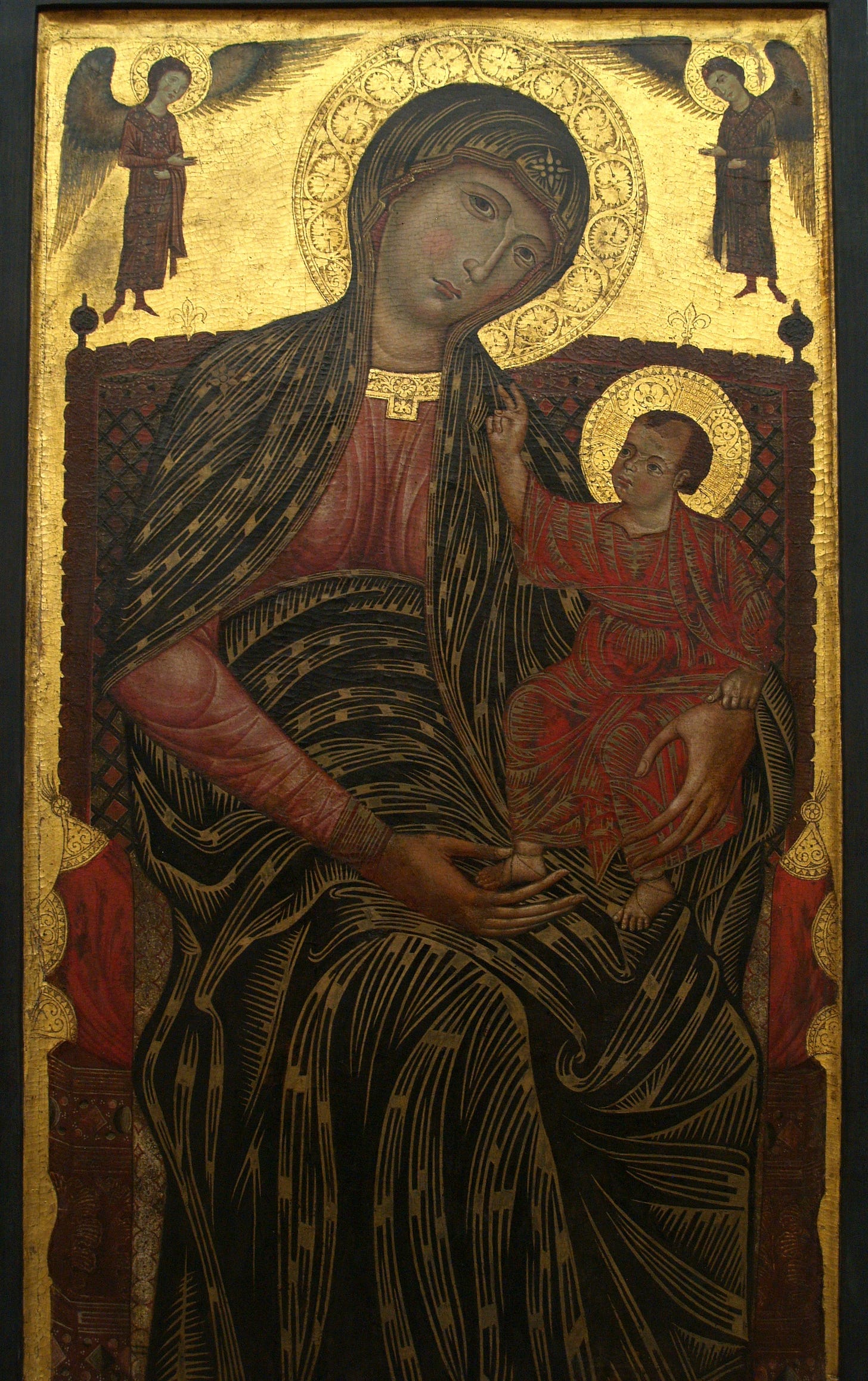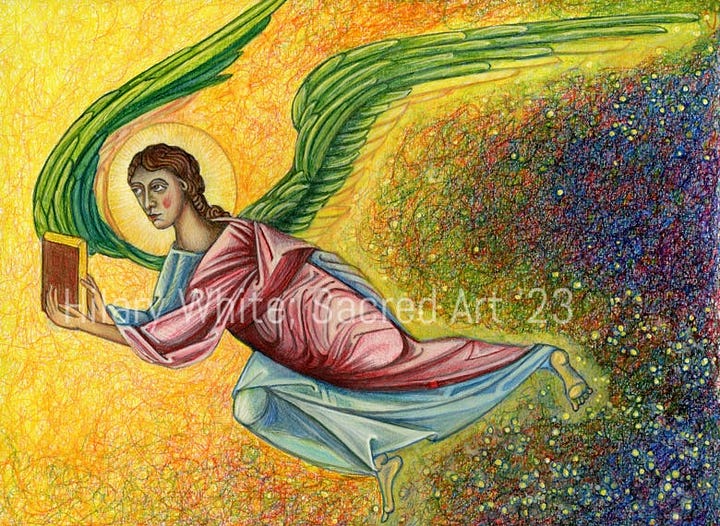Refugees from Iconoclasm and Islam brought the art of the east into the west

If we want to understand the origins of medieval Italian sacred art - from the gold-ground icons of the Italo-Byzantine period to the monumental fresco cycles of the Romanesque and Gothic eras - we have to begin with the iconoclastic crisis in the Byzantine Empire. In the 8th and 9th centuries, a wave of imperial hostility and persecution toward sacred images - and the theology behind them - and those who used them swept across the Byzantine East. Many monks, who had been the guardians of iconographic theology, fled west into exile, seeking refuge in southern Italy, where the pope stood firm against iconoclasm.
These monastic exiles brought their theology and a visually expressed spiritual worldview, and began to insert these into the Christian society of the west that was just beginning to re-assert a distinct Latin-western cultural identity separate from Byzantium. It is in this moment of displacement and preservation that the foundations of Italian sacred art were laid.
Monastics had gained enormous influence since the start of the movement. The writings of figures like St. John Cassian are to this day considered authoritative voices in perplexing, perennial theological and spiritual questions. These are the men who became known as the Fathers, the “patristic” sources of Christian understanding and practice.
It is their metaphysical worldview, rooted in Scripture, prayer and ascetic experience, and expressed in Byzantine visual sacred language, that formed the deep logic behind Christian sacred art that was to be carried down into our own time.
In today’s post for paid subscribers, we’re going to be looking more closely at the connection between Italo-Byzantine art and monasticism as both came west out of the Byzantine Empire’s many crises in the 8th - 10th centuries.
We’ll talk about this movement below the fold, and at the end we’ll look at specific paintings and have a short “master-class” on how to analyse them from a theological and spiritual perspective.
At The Sacred Images Project, we explore Christian life, thought, history, and culture through the lens of the first 1200 years of sacred art. This publication is entirely supported by readers — no ads, pop-ups or distractions — just thoughtful work, funded by your subscriptions.
While The Sacred Images Project has grown into my full-time work, we're now building toward an even richer, multi-layered platform, with plans for e-books, mini-courses, videos and eventually podcasts and more. Your support helps make this expansion possible.
If you’d like to follow along, you can subscribe for free and receive a weekly article exploring the treasures of Christian history, culture, and sacred art..
Paid subscribers ($9/month) receive a second, in-depth article each week, plus additional exclusive posts featuring in-person explorations, high-resolution downloadable images and more.
If you believe in the importance of preserving and deepening our sacred patrimony, I hope you’ll consider becoming a subscriber today.
From the shop: Many thanks to intrepid reader Adam for buying a print of this from my shop. It’s my rendition of one of the Romanesque Angels of the Apocalypse at Abbey of Sant'Angelo in Formis. Formis is one of the most important of the surviving Romanesque churches, decorated in the second half of the 11th century in a bold and arresting style.


My drawing is done in mixed media on paper, mostly watercolour pencils, a little gouache and Japanese sumi ink, with the white done with a pigment called “Bianco San Giovanni” - a kind of calcium carbonate ultrafine pigment chemically identical to Japanese “gofun” that is used as a pigment and as a gesso in Japanese watercolour painting.
You can browse the shop here:
If you’d prefer to set up a monthly contribution in an amount of your choice, you can also do that at the studio blog, or make a one-off donation to help keep this work going. If you subscribe through my personal page, I’ll add you as a complimentary subscriber here. And thank you.
I hope you’ll join us below the fold.




